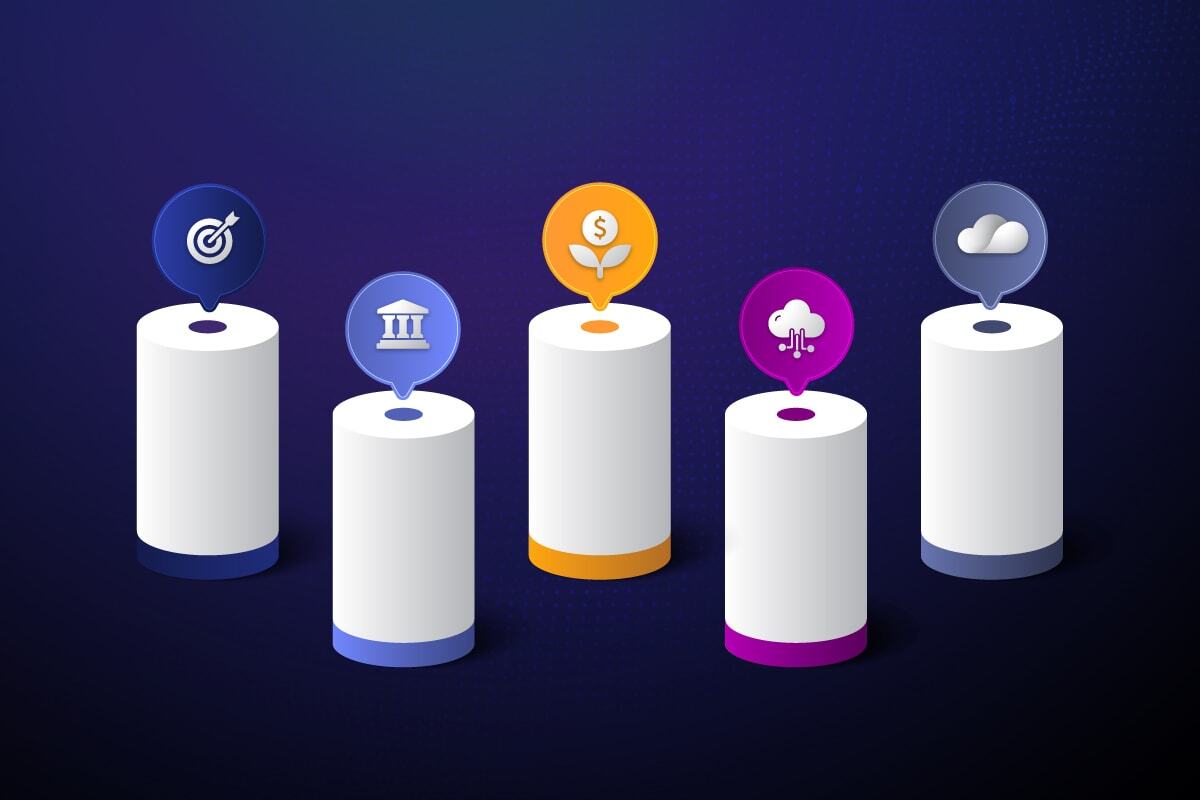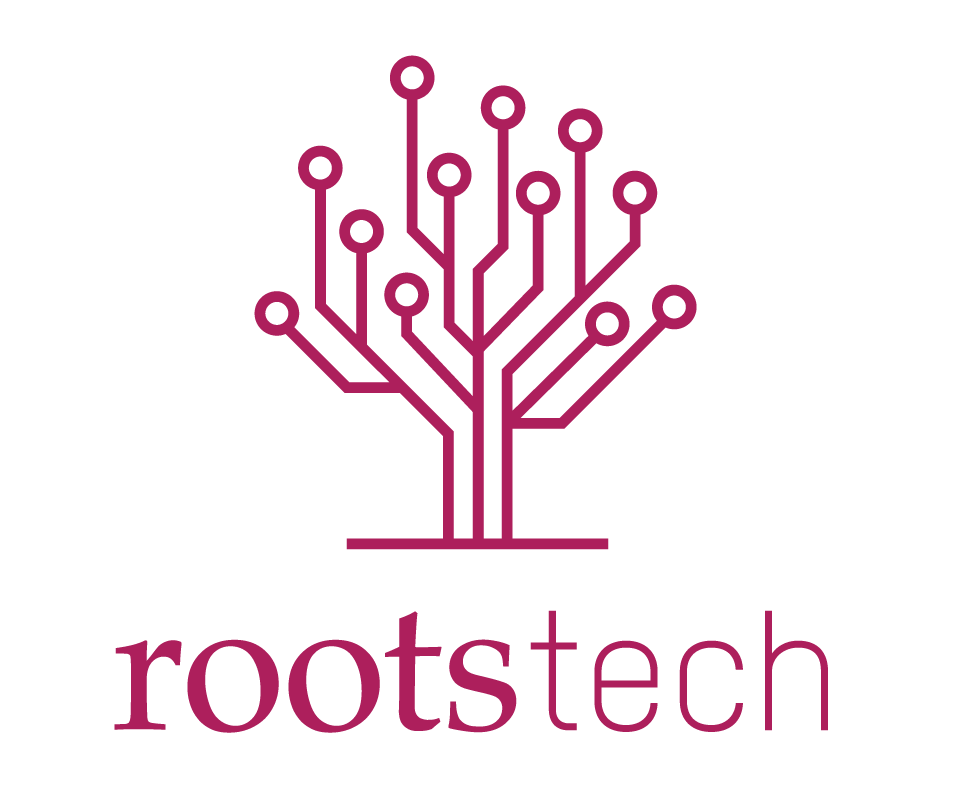
The number one question we get at Permanent boils down to “how can I trust that Permanent will still be here in the future?” There are many ways to answer that question. The least satisfying falls into the category of “how can we trust that anything will still be here in the future?”
At Permanent, we’ve found our unique answer to guide every organizational, technical, financial and social decision we make. There are five key pillars of our sustainability plan, our answer to how we endure: our mission, our nonprofit status, our endowment model, our open source technology stack, and most importantly our Byte4Byte Program.
Sustaining Perpetual Access
Our mission is to preserve and provide perpetual access to the digital legacy of all people for the historical and educational benefit of future generations. Providing perpetual access is a commitment that requires a stable, reliable and trustworthy steward to facilitate that access. An organization that makes this commitment must achieve an uncanny ability to sustain resources at a consistent level, e.g. achieve sustainability.
As the Long Now Foundation’s Organizational Continuity Project summarized it:
Designing and building a mechanical device to last 10,000 years is a hard project. Designing an institution to last alongside it is a harder project.
In a recent episode of our podcast, we spoke with Flickr Foundation Executive Director, George Oates, and interdisciplinary scholar and curator, Dr. Temi Odumosu, who shared their research and thinking behind the 100 year plan, an effort the Flickr Foundation is undertaking to design for long term sustainability. We explored this idea from the perspective of mission-aligned cultural heritage organizations concerned with digital collections and preservation.
When we think about sustainability it’s hard not to imagine any number of catastrophes or insurmountable obstacles. What does it mean to provide perpetual access to anything on this Earth when our Sun is destined to consume the solar system in a billion years? So it’s important for us to be clear about what kind of future we are planning to sustain through.
Permanent relies on a a couple of key assumptions:
- The global economy will expand and contract due to difficult to predict circumstances, but it will sustain and grow over the long term.
- Nonprofit organizations and nongovernmental institutions will continue to be entitled to financial privileges in return for doing a social good.
- Networked computational devices will continue to get faster, smaller and increase in storage capacity at a decreasing cost.
- Humanity and our way of life will be forced to adapt and evolve but it will survive.
There are many fascinating preservation projects out there that don’t make those assumptions and are looking for ways to preserve information distributed on computers around the globe, sealed in arctic vaults, inscribed on tablets buried deep inside of an ancient salt mine, or launched into space. We are taking a decidedly more conservative approach to digital preservation.
Our Sustainability Plan
When we developed our sustainability plan, we considered several dimensions: financial, technological, organizational and social. It is built on five key pillars: our mission, our nonprofit status, our endowment model, our open source technology stack, and most importantly our Byte4Byte Program.
- Mission
The mission of an organization tells you everything you need to know about their product and service priorities. Mission statements rarely change over the lifetime of an organization and you might recognize some famous ones:
- Meta: “Giving people the power to build community and bring the world closer together.”
- Apple: “To create technology that empowers people and enriches their lives.”
- Google: “To organize the world’s information and make it universally accessible and useful.”
No matter your opinion of the companies above (or how dystopian it might be for a single private entity to organize the world’s information), those are crystal clear messages and it’s easy to see how their products and services live up to them. Our mission is to preserve and provide perpetual access to the digital legacy of all people for the historical and educational benefit of future generations.
- Not for Profit
Regardless of its mission, the purpose of a for profit company is to make a positive return on the investment that private owners or shareholders made in the company. While a company mission might define what products and services are delivered, its for-profit purpose ultimately drives every decision they make about their current and future operations.
A company will enhance or degrade the value of their products or services in pursuit of profit. And sometimes, a company will shut down or sell off its assets, including control over its mission, if that means a better return than continuing operations. The recent sale of Twitter to Elon Musk for an outrageously inflated share price is the perfect example of this outcome.
As a nonprofit organization, Permanent does not answer to private interests and profit will never stand in the way of our mission. That means all of our operational decisions are driven by our mission and we can never be shut down or sold for the financial benefit of any investor.
- Endowment
As a nonprofit, we also have a unique opportunity to operate an endowment fund, an investment account with tax benefits not available to for-profit companies. That means we can save your storage fees and donations instead of spending them. We put storage fees and donations in our endowment and we only use the yearly interest earned from those funds to support our operations.
For every $10 we collect in storage fees, we earn at least approximately a quarter every year; that’s enough to pay the annual storage costs for 1 GB of storage. By saving instead of spending, we create a stable source of revenue that if managed correctly, will never expire. That’s why we don’t charge monthly fees and instead, we let you purchase the storage you need, when you need it with a fixed, one-time fee.
- Open Source
While our mission, nonprofit status, and endowment model ensure our organizational integrity and sustainability, our primary product and service is our digital preservation software platform. Anyone who has bought a computer or a mobile device in the last 30 years is intimately familiar with the challenge of sustaining technology over even a couple of years: updates, upgrades, shutdowns, bugs, and hacks require constant vigilance and maintenance.
At Permanent, we’ve adopted a set of software design and development strategies that heighten our level of vigilance and reduce the cost of maintenance.
- We build open source software on the open web for the open web;
- We never delete the original files uploaded to our storage and we never tamper with metadata in the original files;
- We prioritize a healthy developer experience and a maintainable codebase over shipping features;
- We use agile development, continuous integration, continuous delivery, and continuous deployment to ship features;
- We preference trusted, proven technologies over speculative or experimental ones;
- We maintain a lean engineering team of experts and rely on trusted industry partners to help us solve hard problems;
Our mission is to preserve the digital legacy of all people and to do that we make sure to never preserve legacy code in our tech stack.
- Byte4Byte
Our final and arguably most important pillar of sustainability is our Byte4Byte Program. Permanent uses unrestricted donations to our endowment and unused storage fees to offer storage grants, support archival studies interns, and build a community of practice to small nonprofit organizations that are focused on preserving the legacy of their unique communities.
As a core commitment to our mission we have a duty to reach all people, that’s why we prioritize B4B grants to groups that have been historically marginalized, persecuted or erased from our collective history. B4B partners are essential to achieving our mission because they help us reach communities that would be difficult or otherwise impossible for Permanent to reach alone.
So why is this so important to our long term sustainability? Because the B4B Program illustrates the most important component of the survival of any long-lived organization: being at the center of a rich and robust social network that provides an essential service. B4B archives preserve shared history that is priceless to the communities they represent.
However, traditionally the organizations in our B4B program have never had the resources to independently sustain their own individual digital preservation efforts. By bringing these organizations together into a community of practice with a shared sustainability model, we create something that is more resilient than any individual digital preservation effort could ever be. B4B also creates a meaningful opportunity for our members and supporting organizations to heighten their engagement with our mission by donating to expand our B4B program activities.
We’re all in this together and that’s our sustainability plan.

